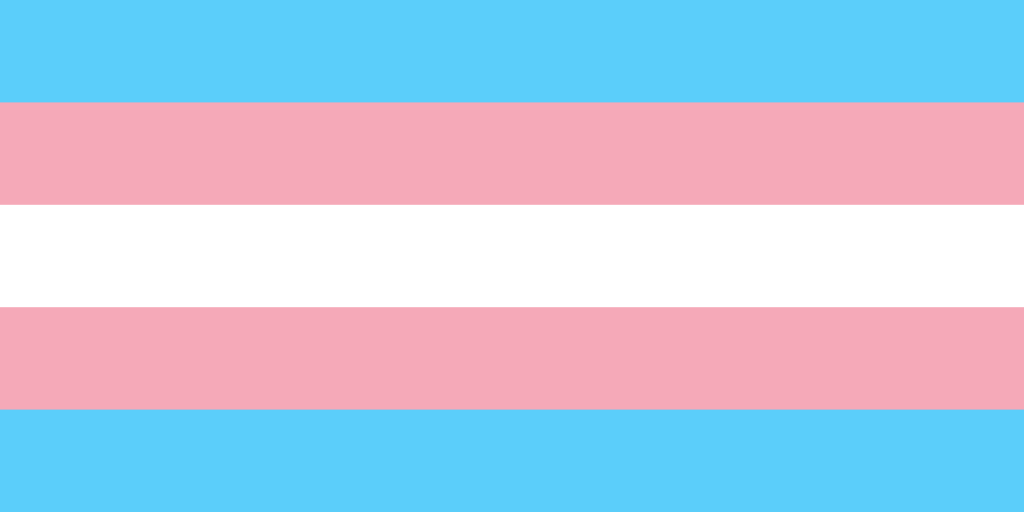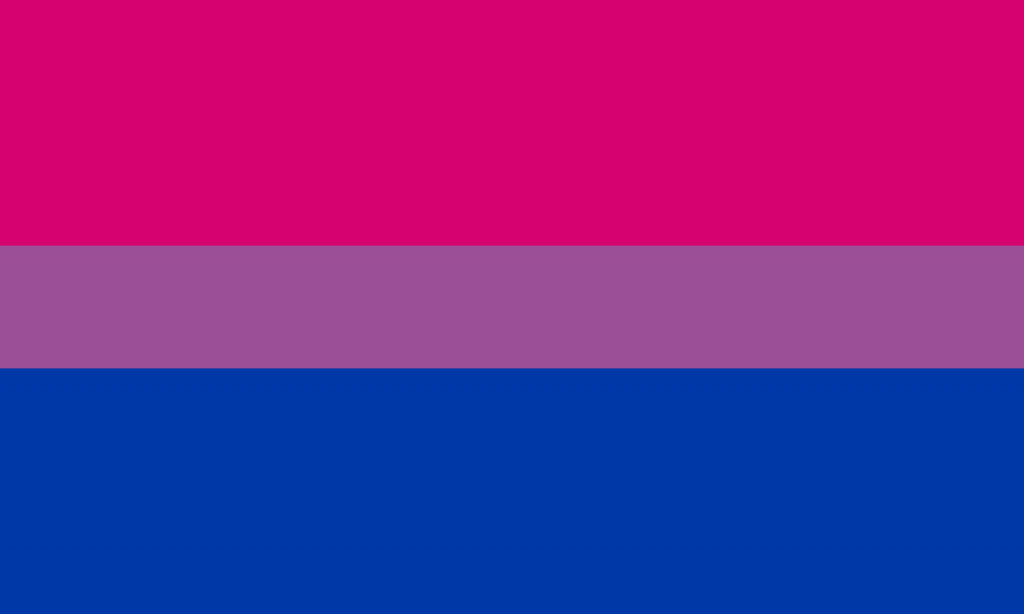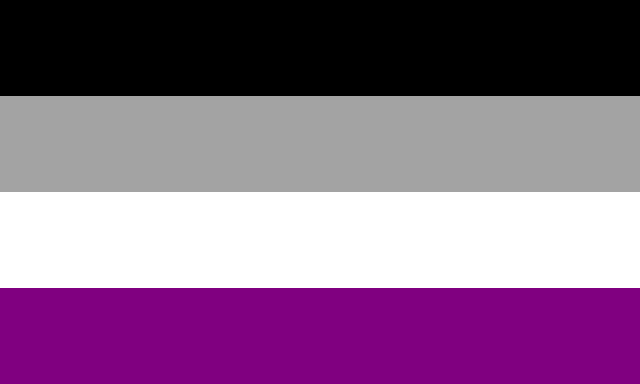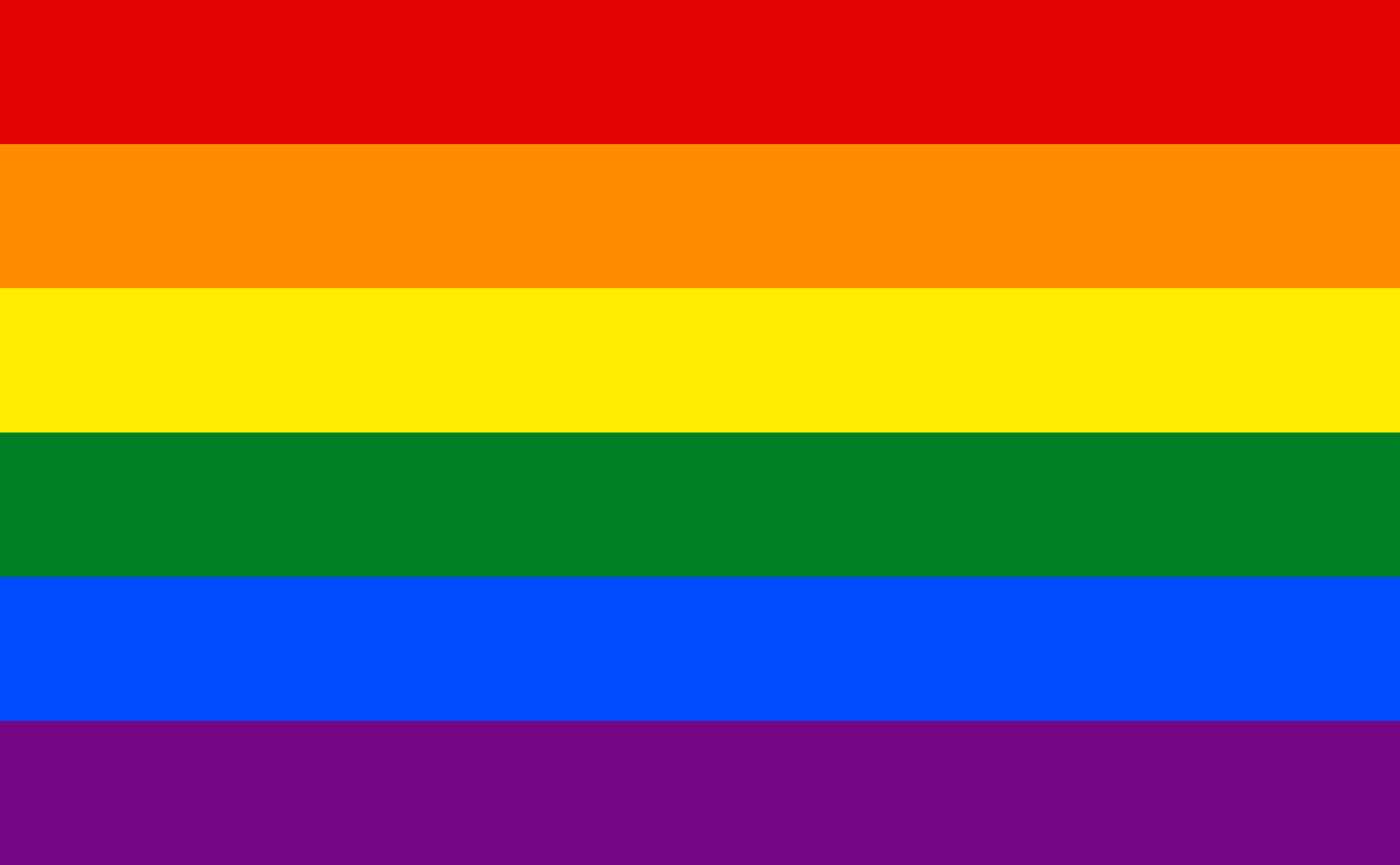Rainbow colors and umbrella have become symbols for the LGBTQ+ community. They are used to represent diversity, inclusivity, and equality. In this article, we will explore the history and meaning of rainbow colors and umbrella in the LGBTQ+ community.
What is the LGBTQ+ community?
Before we delve into the topic of rainbow colors and umbrella, let us first understand the LGBTQ+ community. LGBTQ+ stands for lesbian, gay, bisexual, transgender, and queer/questioning. The “+” refers to other gender and sexual identities such as intersex, asexual, and pansexual. The LGBTQ+ community is a group of people who identify with one or more of these identities.
History of the LGBTQ+ rainbow colors
The LGBTQ rainbow flag is a symbol of pride, diversity, and inclusivity for the LGBTQ community. Its vibrant colors have become instantly recognizable around the world as a symbol of love and acceptance. But what is the origin and history of this iconic flag?
The rainbow flag was first designed in 1978 by Gilbert Baker, a gay rights activist, and artist in San Francisco. The idea for the flag came from Harvey Milk, one of the first openly gay politicians in the United States, who wanted a symbol to represent the LGBTQ community.
Baker created the flag by hand-sewing eight colored stripes onto a piece of fabric. Each color represented a different aspect of the LGBTQ community: pink for sexuality, red for life, orange for healing, yellow for sunlight, green for nature, turquoise for art, indigo for harmony, and violet for spirit.
The flag with eight colors, each of which had a specific meaning:
| Color | Flag |
|---|---|
| Pink for sex | |
| Red for life | |
| Orange for healing | |
| Yellow for sunlight | |
| Green for nature | |
| Turquoise for magic/art | |
| Indigo & Blue for harmony | |
| Violet for spirit |
The rainbow flag has become a symbol of diversity, inclusivity, and equality. It is used to represent the LGBTQ+ community and its allies. The flag is often seen at LGBTQ+ events, such as Pride parades and rallies.
The first rainbow flag was raised at the San Francisco Gay Freedom Day Parade on June 25, 1978, and quickly became a symbol of pride for the LGBTQ community. Baker later updated the design to include a ninth stripe, pink, but the color was removed due to production issues, leaving the flag with the six colors we know today.
Over the years, the rainbow flag has become a symbol of LGBTQ pride and acceptance around the world. It is flown at Pride parades and events, as well as at LGBTQ-friendly businesses and homes. Its colors have also been used to create variations of the flag to represent different aspects of the LGBTQ community.
Variations of the Rainbow Flag
In addition to the original six-color rainbow flag, there are now many different variations of the flag that represent different identities within the LGBTQ community. Some of these variations include:
The transgender flag: designed by Monica Helms in 1999, the transgender flag features a blue stripe for boys, a pink stripe for girls, and a white stripe for those who are nonbinary or transitioning.

The bisexual flag: designed by Michael Page in 1998, the bisexual flag features in Three solid horizontal bars: pink, purple, and blue stripes to represent attraction to more than one gender.

The asexual flag: designed by AVEN (Asexual Visibility and Education Network) in 2010, the asexual flag features black, gray, white, and purple stripes to represent a lack of sexual attraction or interest.

The rainbow flag has also been used as a symbol of resistance and protest in the fight for LGBTQ rights. In 1989, the rainbow flag was raised over the Berlin Wall as a symbol of hope and unity for LGBTQ people in East Germany. It has also been flown at protests and rallies around the world, including the recent Black Lives Matter protests in the United States.
In recent years, the rainbow flag has faced some criticism and controversy within the LGBTQ community. Some argue that the flag has become too commercialized and has lost its original meaning as a symbol of resistance and protest. Others argue that the flag does not fully represent the diversity of the LGBTQ community, particularly people of color and transgender individuals.
Despite these criticisms, the rainbow flag remains an important symbol of pride, diversity, and inclusivity for the LGBTQ community. Its vibrant colors and message of acceptance continue to inspire and uplift LGBTQ people around the world.
In conclusion, the origin and history of the LGBTQ rainbow flag is a testament to the power of symbols and the resilience of the LGBTQ community. From its humble beginnings as a handmade banner to its global recognition as a symbol of pride and acceptance, the rainbow flag has become an icon of LGBTQ history and culture. As we continue to fight for LGBTQ rights and equality, the rainbow flag serves as a reminder of the progress we have made and the work that still needs to be done.
The meaning behind the current Rainbow flag and each color:
Each color in the rainbow flag represents a different aspect of the LGBTQ+ community, and their meanings have evolved over time. Here is a breakdown of what each color represents:
| Color | Flag |
|---|---|
| Red: Represents life, as well as the bloodshed and violence that the LGBTQ+ community has faced throughout history. | |
| Orange: Represents healing and the process of overcoming trauma and oppression. | |
| Yellow: Represents sunlight and the warmth of acceptance and love. | |
| Green: Represents nature and the connection to the earth and our environment. | |
| Blue: Represents harmony and the feeling of calm and tranquility that comes from being true to oneself. | |
| Purple: Represents spirit and the LGBTQ+ community’s connection to the divine and spiritual world. |
The rainbow flag is more than just a symbol of the LGBTQ+ community. It is a symbol of hope and acceptance. It is a reminder that everyone should be treated equally, regardless of their gender or sexual identity.
Umbrella:
The umbrella has become a symbol for the LGBTQ+ community. The umbrella represents the idea that the LGBTQ+ community is a diverse group of people who are united under one umbrella. The umbrella symbolizes protection, shelter, and unity.
The idea of the umbrella first came from a quote by civil rights activist Audre Lorde. She said, “I am not free while any woman is unfree, even when her shackles are very different from my own.” The quote has since been adapted to include other marginalized groups, including the LGBTQ+ community.
The umbrella has been used in various ways to represent the LGBTQ+ community. It has been used in artwork, on t-shirts, and in social media posts. The umbrella has become a powerful symbol of unity and support within the community.
Rainbow Umbrella:
The rainbow umbrella is a combination of the rainbow colors and the umbrella symbol. It represents the idea of protection, shelter, and unity within the LGBTQ+ community. The rainbow umbrella is often used as a prop at Pride events and rallies.
The rainbow umbrella is more than just a symbol. It is a tangible representation of the LGBTQ+ community’s values of diversity, inclusivity, and equality. It is a reminder that everyone is welcome under the umbrella, regardless of their gender or sexual identity.
The Power of Symbols:
Symbols have a powerful impact on society. They can unite people, inspire change, and represent shared values. The rainbow flag, umbrella, and rainbow umbrella have become powerful symbols for the LGBTQ+ community. They represent diversity, inclusivity, and equality.
Symbols like the rainbow flag and umbrella have helped to bring visibility and awareness to the LGBTQ+ community. They have helped to start conversations and educate people about the community’s struggles and achievements. They have also helped to create a sense of belonging and pride within the community.
Conclusion
The rainbow flag has a rich history and meaning that goes beyond its bright and colorful appearance. It is a symbol of LGBTQ+ pride, resilience, and community, and it has evolved over time to become a powerful tool for visibility and social change. Understanding the history and significance of the rainbow colors can help us appreciate the importance of LGBTQ+ visibility and the ongoing fight for equality and acceptance.
Share this article
